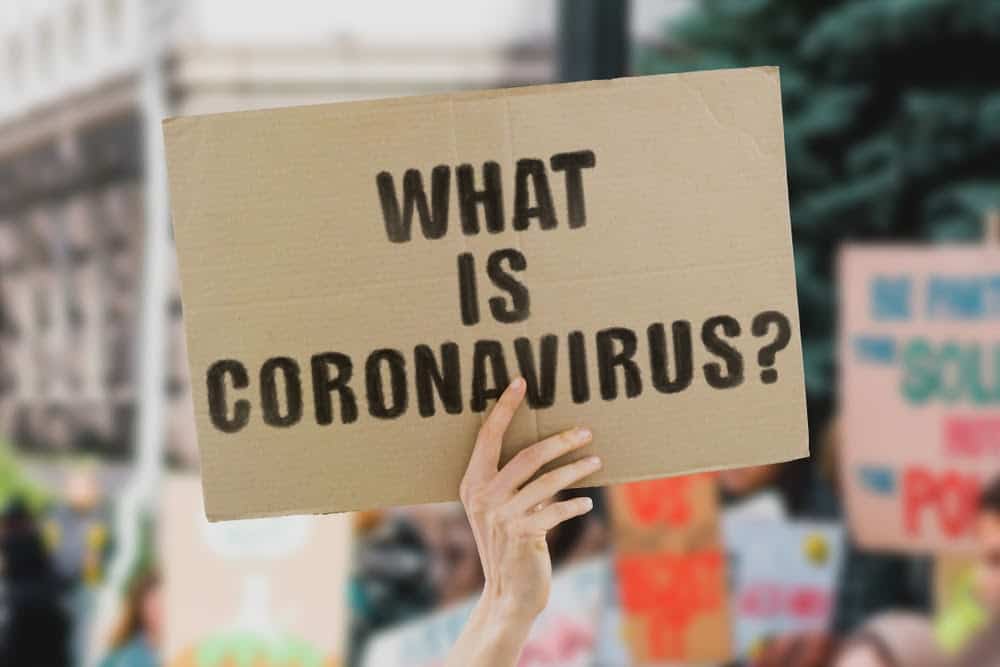One of the top trending news stories right now is coronavirus. This respiratory illness started in Wuhan, China, and is now spreading from China to other countries around the world. Also known as novel coronavirus or 2019-nCoV, this illness is characterized by fever, coughing, and shortness of breath. It originated in December 2019 and has steadily spread from Asian countries like Japan, China, and South Korea all the way to Europe and even the United States. As of January 30, 2020, roughly 214 people have died from coronavirus, and the World Health Organization has confirmed 8,230 cases of the virus.

What Is a Coronavirus?
A coronavirus is a large group of viruses that may cause illnesses as small as a cold or as severe as SARS (Severe Acute Respiratory Syndrome) and MERS (Middle East Respiratory Syndrome), according to the World Health Organization. This virus belongs to the Coronaviridae family of viruses. They appear to be spiked rings when seen through an electron microscope.
Coronaviruses possess an RNA strand within their envelope. They cannot reproduce without entering living cells and then hijacking the machinery present within. The spikes present on their viral envelope aid them in binding to the cells, which provides them a way into the system. It is similar to blasting doors open with C4 explosives. After getting inside, they transform the cells into virus making factories, using the molecular conveyor belt to generate more illnesses that are then shipped out. These virus progenies infect other cells, and this cycle keeps on repeating. This is why coronavirus is so concerning.
